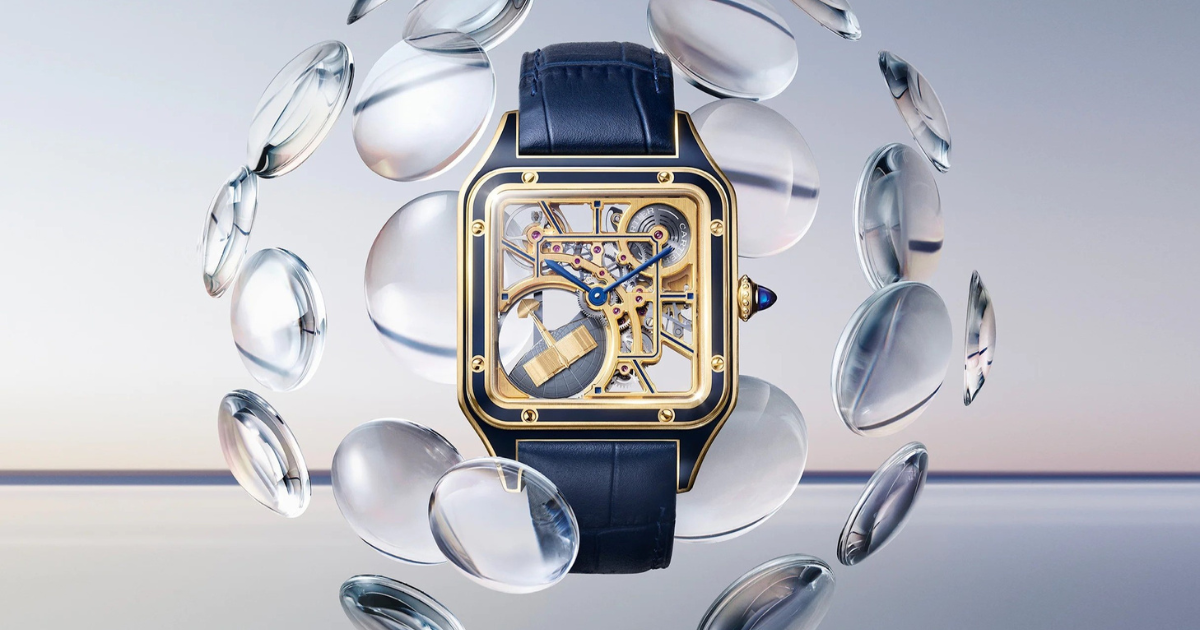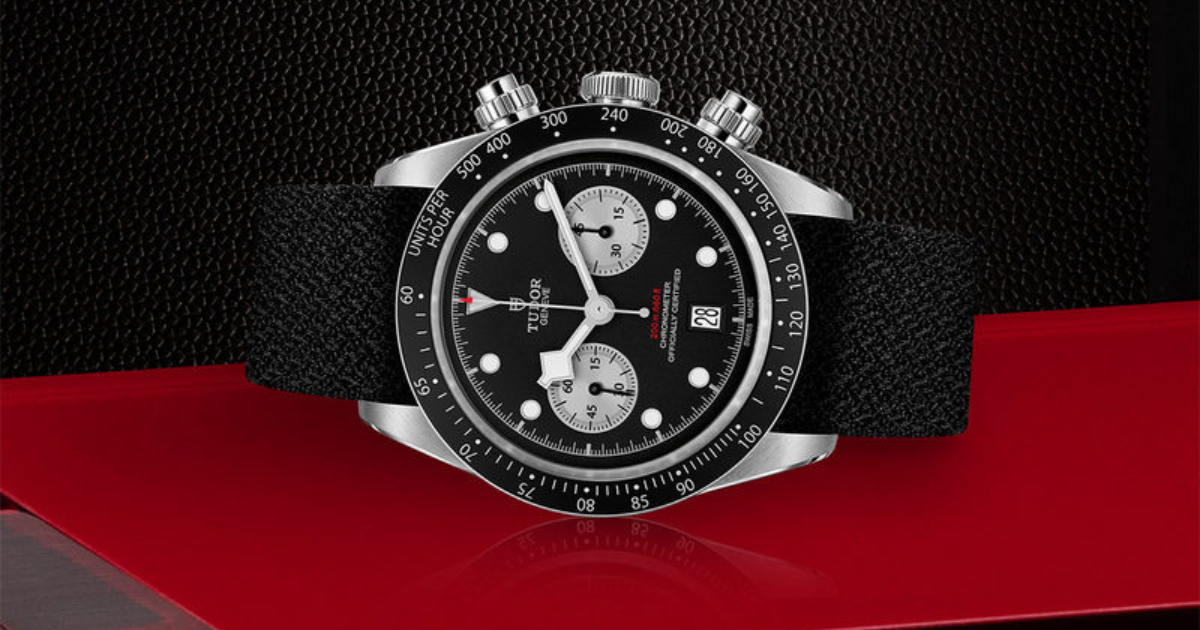Watch Guides
Tudor vs Rolex
In the world of luxury watches, few brands evoke as much admiration and respect as Tudor and Rolex. Both hailing from the esteemed house of Rolex SA, these two brands share a rich heritage and a commitment to precision craftsmanship. However, they also stand apart as distinct entities, each with its own unique identity and appeal. Let’s delve into the fascinating Tudor-Rolex rivalry, exploring the history, craftsmanship, and key differentiators that make these timepieces iconic in their own right.
A Shared Legacy
The story of Tudor and Rolex is inseparable, with Tudor being a subsidiary brand created by Rolex founder Hans Wilsdorf in 1926. While Rolex aimed to be the epitome of luxury and innovation, Tudor was conceived as a more accessible option without compromising on the high standards set by its parent company. Over the years, Tudor has evolved from being a budget-friendly alternative to establishing itself as a formidable brand in its own merit.
Craftsmanship and Innovation
When it comes to craftsmanship, both Tudor and Rolex are renowned for their exceptional quality and attention to detail. Rolex has consistently set industry standards with its innovative technologies, including the introduction of the first waterproof wristwatch – the Rolex Oyster – in 1926. Tudor, on the other hand, has benefited from Rolex’s technical expertise, incorporating similar features in its watches, such as the iconic snowflake hands and the robust Oyster case.
Distinct Design Language
While the family resemblance is evident, Tudor has managed to carve out its own niche with a distinct design language. Tudor watches often feature bolder designs and more modern aesthetics compared to Rolex, attracting a younger and trendier demographic. The famous Tudor Black Bay collection, for instance, pays homage to vintage dive watches while infusing contemporary elements.
Price Point and Accessibility
One of the most significant differences between Tudor and Rolex lies in their price points. Rolex watches are known for their exclusivity and higher price tags, positioning them as status symbols and coveted collector’s items. Tudor, on the other hand, provides a more accessible entry point into the world of luxury watches, offering the same reliability and craftsmanship at a relatively more affordable price.
The Future of the Rivalry
As both brands continue to evolve and innovate, the Tudor-Rolex rivalry remains a captivating narrative in the world of horology. While Rolex maintains its position as the ultimate luxury watch brand, Tudor’s unique identity and affordability appeal to a broader audience. The competition between these two giants serves as a testament to the enduring legacy of Rolex SA, ensuring that enthusiasts and collectors alike have a diverse range of choices to suit their preferences and style.
Conclusion:
In the Tudor-Rolex rivalry, watch aficionados are treated to a captivating tale of craftsmanship, innovation, and style. Whether one leans towards the timeless elegance of Rolex or the bold designs of Tudor, there’s no denying the indelible mark both brands have left on the world of luxury watches. Ultimately, the choice between Tudor and Rolex boils down to personal taste, making this rivalry a fascinating chapter in the ongoing story of horological excellence.








